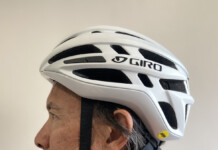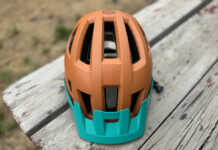By Tom Jow — How many times have I been tightening a bolt and wondered, “how tight should I make this?” Plenty. In fact, every bolt for at least half my career as a bike mechanic. I don’t remember there being much information back then about how tight to make those bolts. There was plenty of information about how to tighten bolts on a car engine. That was when I learned how to use a torque wrench. What is a torque wrench? A torque wrench is a calibrated tool that measures the amount of torque (force) applied to a fastener. What is torque?
Torque (Noun): 1. a force that produces or tends to produce rotation or torsion; 2. a twisting or turning force. (www.merriam-webster.com)
When I attended the Barnett Bicycle Institute in 1987, I don’t remember there being a torque wrench in sight. Now, I bet most every service department in the country has at least one. On my workbench there are four. Why is it so important to use a torque wrench?
There are many reasons a torque wrench should be used when tightening fasteners. One reason is to ensure the fastener and the component stay in place. Take a rear derailleur for example. Due to the action of shifting gears, a rear derailleur has a side load placed upon it often. Basically the mounting bolt is going to get wiggled a lot. Therefore, if the bolt is not tight enough it is at risk to loosen up over time. How does the bolt stay tight? Materials have physical properties of strength. One of those properties is elasticity. In the case of tightening bolts, elasticity refers to how much that bolt will stretch before it breaks. To hold that rear derailleur in place, the bolt needs to be stretched enough to grip it’s mating surfaces, but not so much that it breaks.
When excessive force is applied to a bolt during tightening two things can happen. The bolt may break. Smaller diameter bolts break easier than larger ones. The other thing that happens is the threads can be damaged or what we call stripped. On a bicycle, bolts are often steel while the threaded insert is many times aluminum. Aluminum is a soft material; much weaker than steel in this application. It is not uncommon, for example, to overtighten a stem bolt and instead of the bolt breaking, the aluminum threads are torn out of the stem.
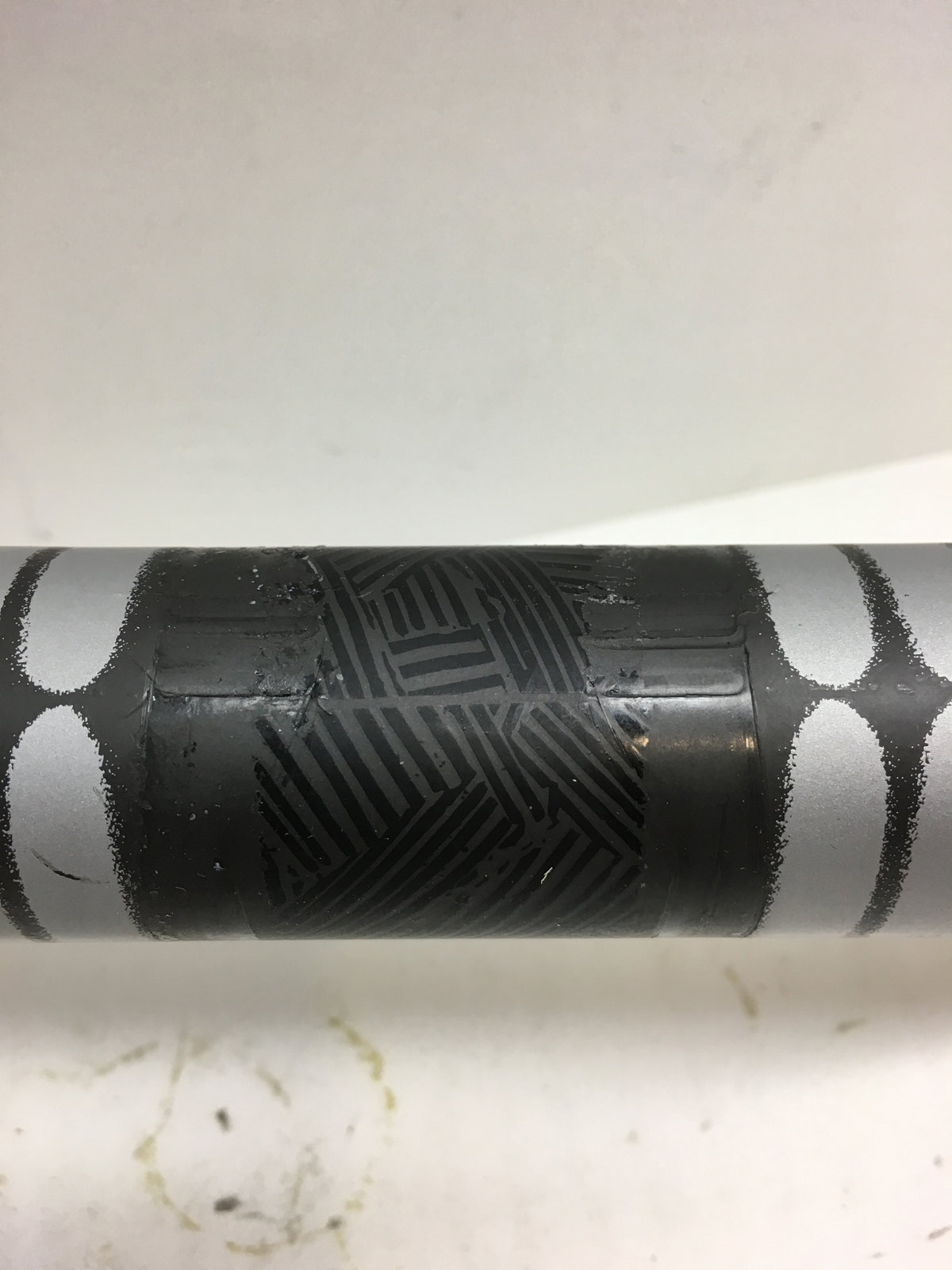
A stem bolt has a much different function than a rear derailleur bolt. The stem bolt applies a clamping force in order to keep a round component from rotating. Here, we add the risk of a different failure. This would be the risk of over clamping. This risk generally applies to, but is not limited to seatposts and handlebars made of carbon fiber. Metal components also suffer from over clamping, but at a much, much lower rate. Why is carbon fiber different? Simply, carbon is a woven fabric being held together with really strong glue. The weakness of carbon fiber bicycle components is that they do not handle point impact well. In a way, that is what occurs when we clamp it too tightly. The fibers get crushed and the glue bond is broken. If it does not crack right away, it may be weakened enough to fail at a later time.
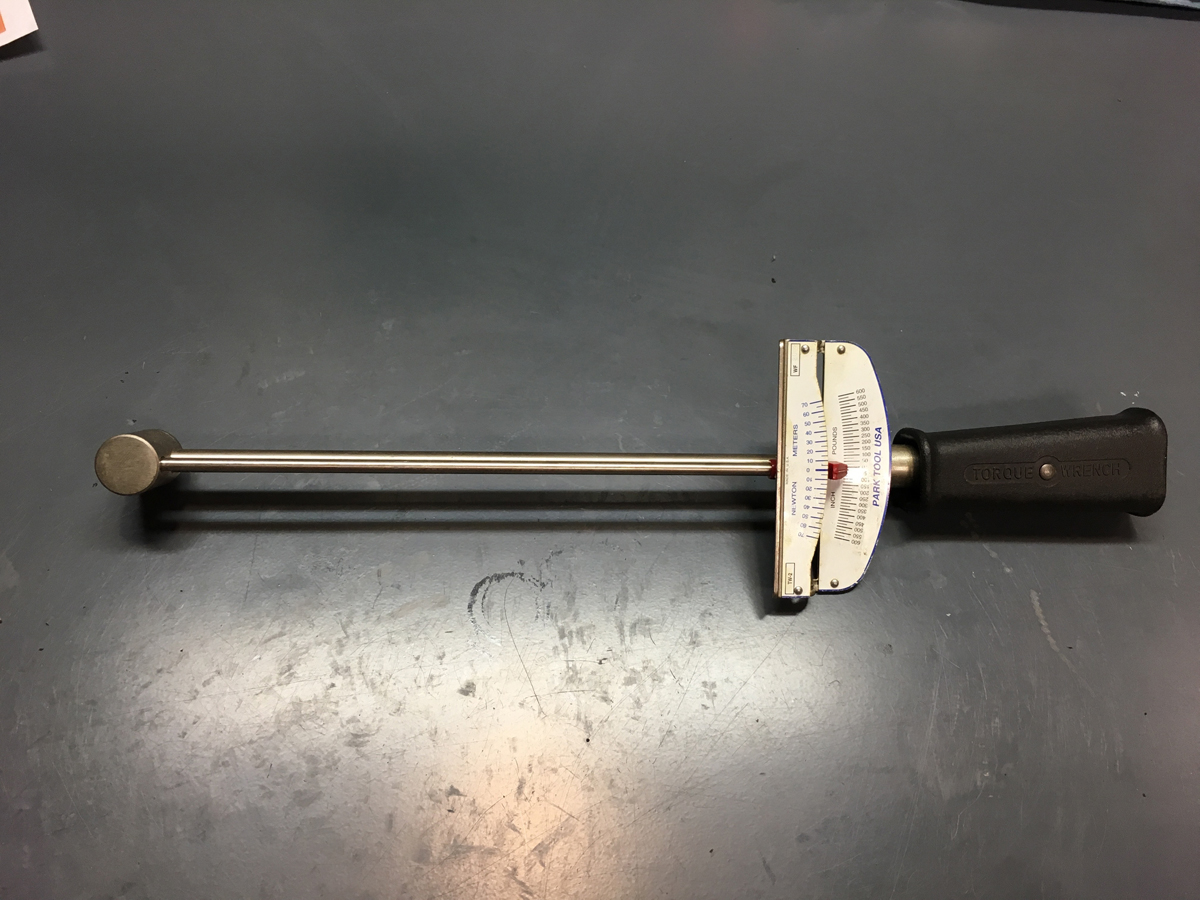
What is the best way to avoid these failures? Tighten fasteners to the appropriate torque with a torque wrench. When shopping for a torque wrench there are likely two types on the shelf. One is a simple beam type torque wrench. This wrench is made of spring steel with a pointer and a gauge. They are simple and inexpensive. In order to tighten a fastener to the proper level, apply force to the wrench and as more torque is applied the arm flexes and the pointer indicates the amount of torque being applied. The main drawbacks to this type of wrench are calibration of the pointer and needing to be able to see the gauge while applying force.

A torque wrench that is easier to use is the spring loaded type. These can be built with preset torque or an adjustable spring. The spring controls a release in the ratchet head that clicks and gives way to indicate reaching the set level of torque. Adjustable torque wrenches are more expensive than the beam type, however they are usually more accurate.
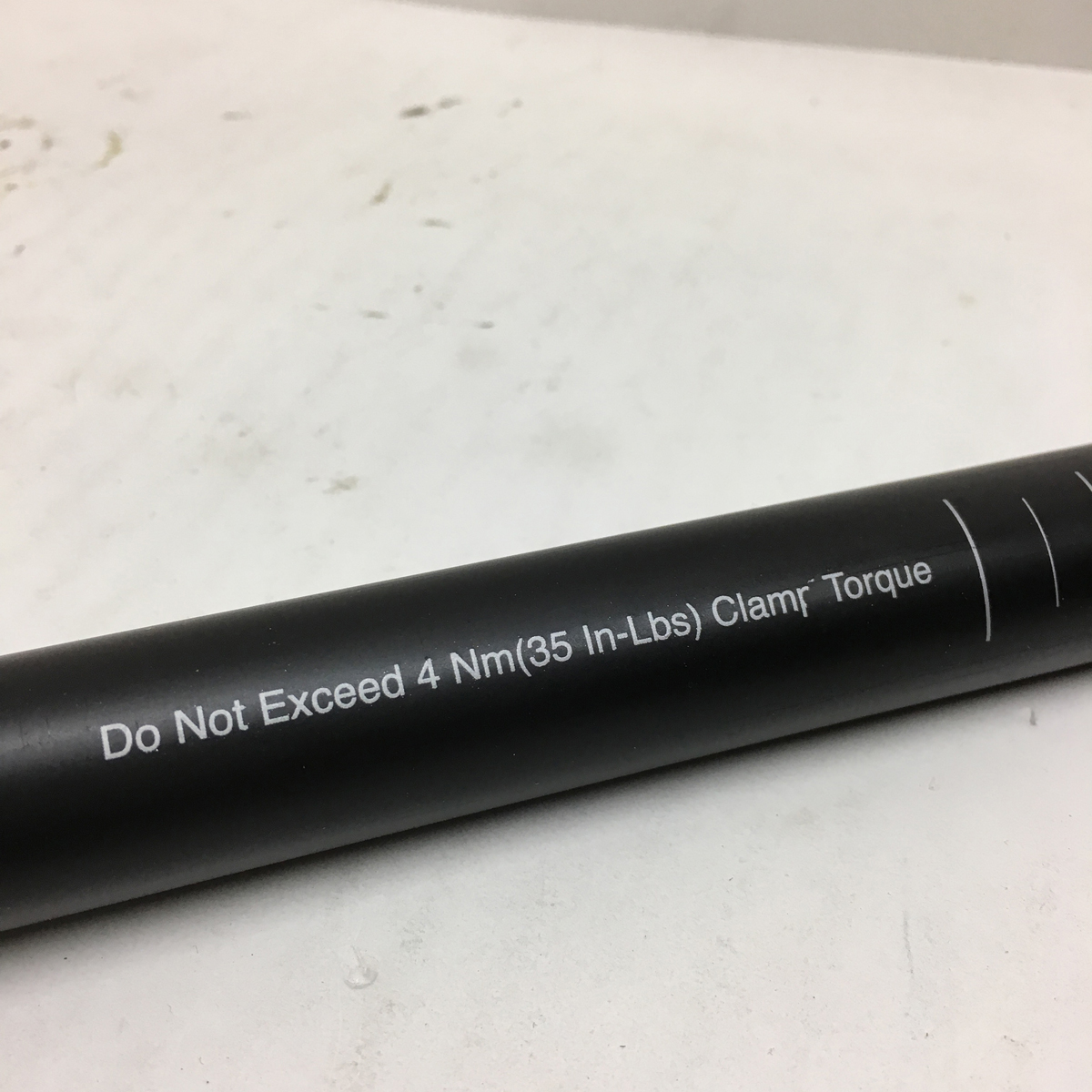
Finally, how do we know how tight to make the bolt? We could do it the old way. An experienced mechanic has learned how to “feel” the tension on the bolt. There’s also the physical properties of metals to consider. A larger diameter bolt is stronger than a smaller one. Tighten a small bolt a little, a large one a lot. Then there’s the internet, of course. There are plenty of torque value charts for bicycle components as well as the manufacturer’s recommendations. Individually, these sources are not a foolproof method for tightening bolts. One reason for this is differing measurement standards. SAE (society of automotive engineers) values are measured in foot-lbs. and inch-lbs. Most bicycle components use the metric values of kilograms-force and newton-meters. Another, and more important reason is the differing recommended torque values of related components. This is especially important where handlebars and seatposts are concerned. For example, stem manufacturer “A” may specify 8 newton-meters torque for their handlebar clamp bolts. But handlebar manufacturer “B” may specify 4.5 newton-meters maximum for the stem clamping bolts. If we only look to the stem manufacturer’s recommendation, we will probably damage a set of handlebars.
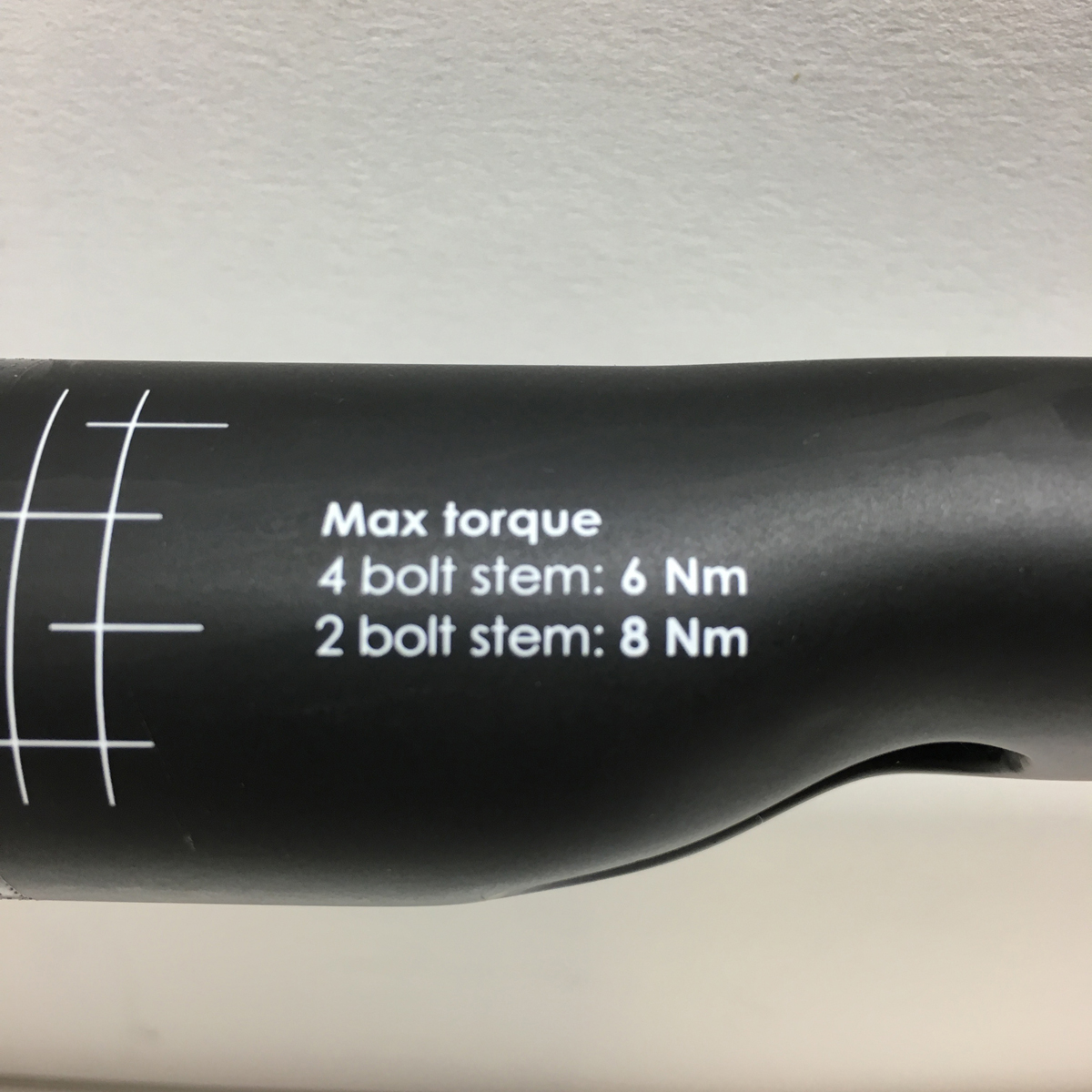
A bicycle is a simple machine and as we have learned over the years, using a torque has not been absolutely necessary. With improvements in materials and technology however, bicycle maintenance requires a little more attention to detail. If we are working on our own bike, this means learning what components we are equipped with and how to maintain them properly. This might mean purchasing a torque wrench. If you are a tool collector, that definitely means purchasing one.
Got a bike question? Email Tom at runnerrunner.rider@gmail.com

